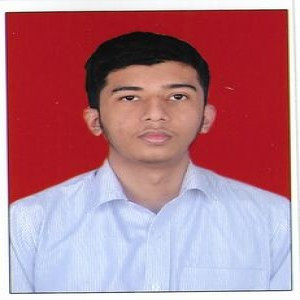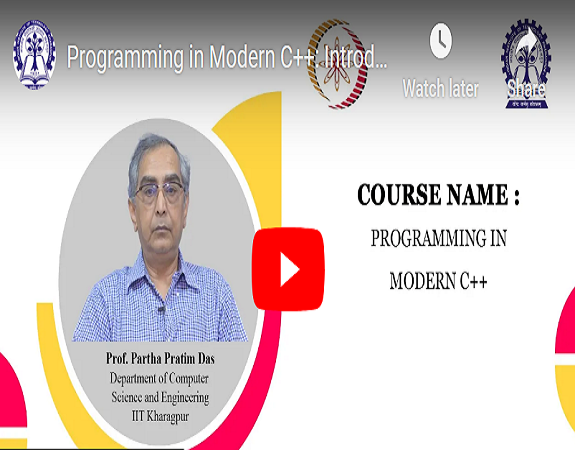What you will learn
-
Computer Science and Engineering
There has been a continual debate on which programming language/s to learn, to use. As the latest TIOBE Programming Community Index for August 2021 indicates – C (13%), Python (12%), C++ (7%), Java (10%), and C#(5%) together control nearly half the programming activities worldwide. Further, C Programming Language Family (C, C++, C#, Objective C etc.) dominate more than 25% of activities. Hence, learning C++ is important as one learns about the entire family, about Object-Oriented Programming and gets a solid foundation to also migrate to Java and Python as needed. C++ is the mother of most general purpose of languages. It is multi-paradigm encompassing procedural, object-oriented, generic, and even functional programming. C++ has primarily been the systems language till C++03 which punches efficiency of the code with the efficacy of OOP. Then, why should I learn it if my primary focus is on applications? This is where the recent updates of C++, namely, C++11 and several later offer excellent depths and flexibility for C++ that no language can match. These extensions attempt to alleviate some of the long-standing shortcomings for C++ including porous resource management, error-prone pointer handling, expression semantics, and better readability. The present course builds up on the knowledge of C programming and basic data structure (array, list, stack, queue etc.) to create a strong familiarity with C++98 / C++03. Besides the constructs, syntax and semantics of C++ (over C), we also focus on various idioms of C++ and attempt to go to depth with every C++ feature justifying and illustrating them with several examples and assignment problems. On the way, we illustrate various OOP concepts. The course also covers important advances in C++11 and later released features.









































Lecture 35: Multiple Inheritance

































Bhuvan Adithya N
which college, could we connect in irl? having doubts. thank you.
1.0
1 Reviews

Jaden Machado
2 months ago
Site always hangs, especially during quizzes. Either internal server issue or 504 gateway timeout. Please fix. Also some quiz some answers are marked incorrect.
Meet Your Instructor
About Instructor
VTU is one of the largest Technological Universities in India with 24 years of Tradition of excellence in Engineering & Technical Education, Research and Innovations. It came into existence in the year 1998 to cater the needs of Indian industries for trained technical manpower with practical experience and sound theoretical knowledge.

Free
-
Course Duration45 h 31 m 20 s
-
Course LevelIntermediate
-
Student Enrolled349
-
LanguageEnglish
This Course Includes
- 45 h 31 m 20 s Video Lectures
- 2 Quizzes
- 0 Assignments
- 0 Downloadable Resources
- Full Lifetime Access
- Certificate of Completion
SANJANA V
sir can u share the quiz correct answers